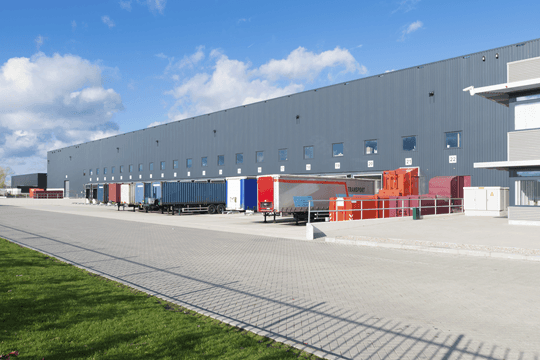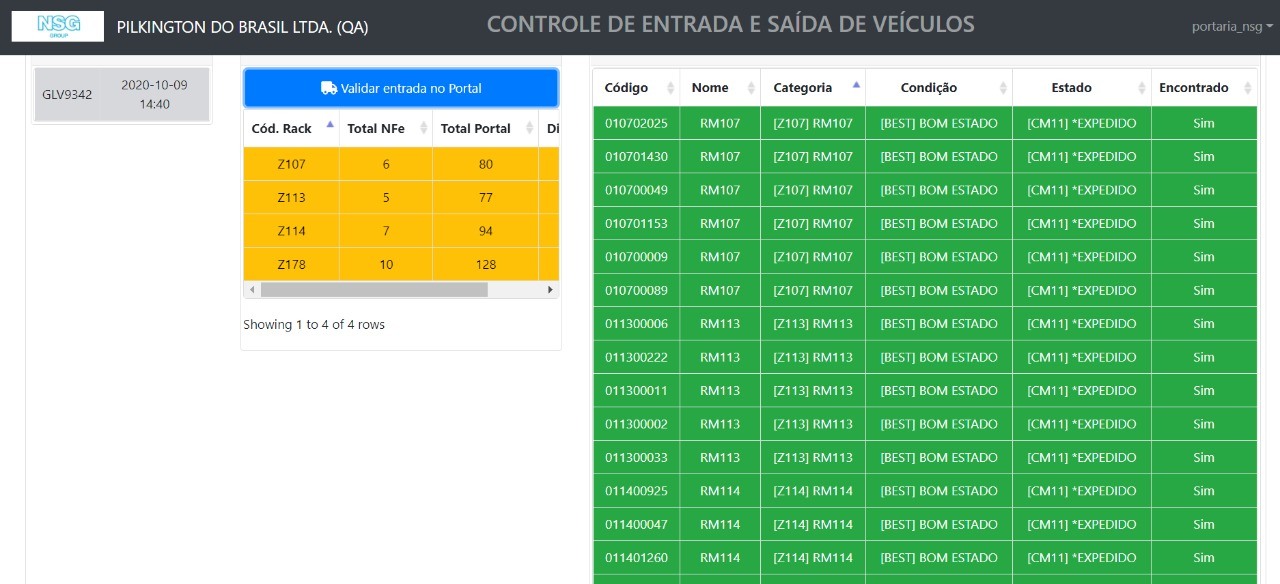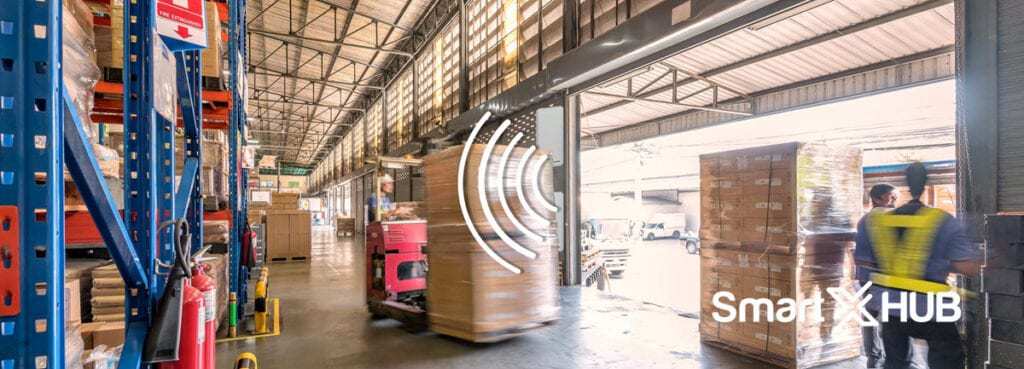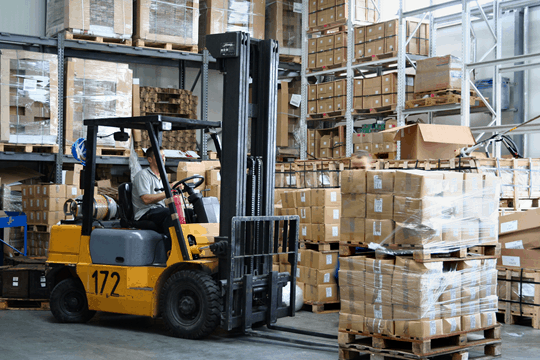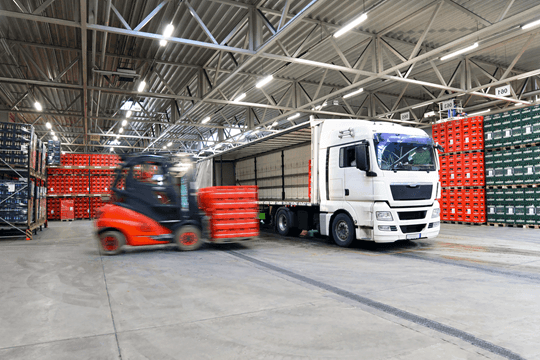A shipping dock is a place where companies can target investments to derive combined benefits from both labor and space savings. Pallets can be tracked as they move in and out of a facility. By connecting the data about these tracked pallets with the Smartx HUB solution that run shipping and receiving, businesses can automate the shipping and receiving palltes processes in real-time and also gain insights that can further automate processes.
The SmartX HUB platform uses RFID technology to identify pallets (without direct line-of-sight) at a distance of up to 25 feet. By attaching or embedding tags into products and using RFID readers instead of barcode scanners, taking inventory becomes much faster and nearly 100% accurate. RFID can identify and locate up to 1,000 individual items per second. Taking pallets inventory with an RFID handheld reader is 25X faster than with a barcode reader.
The SmartX HUB solutions deliver real-time visibility, creating confirmation or exception alerts, as well as initiating shipping and receiving workflows that are often manually done today.
• Get the right pallets on the right truck, every time: Add RFID tags to individual pallets to ensure that the right goods are on the right truck, every time. Verify shipments against the manifest and automatically alert your team when a shipment is incomplete, contains the wrong pallets, or is loaded on the wrong truck.
• Gain real-time, accurate data about the movement of pallets in your operation: Integrate real-time, pallet-level RFID data into enterprise shipping and logistics applications. You’ll have accurate information that enables your team to make key business decisions.

